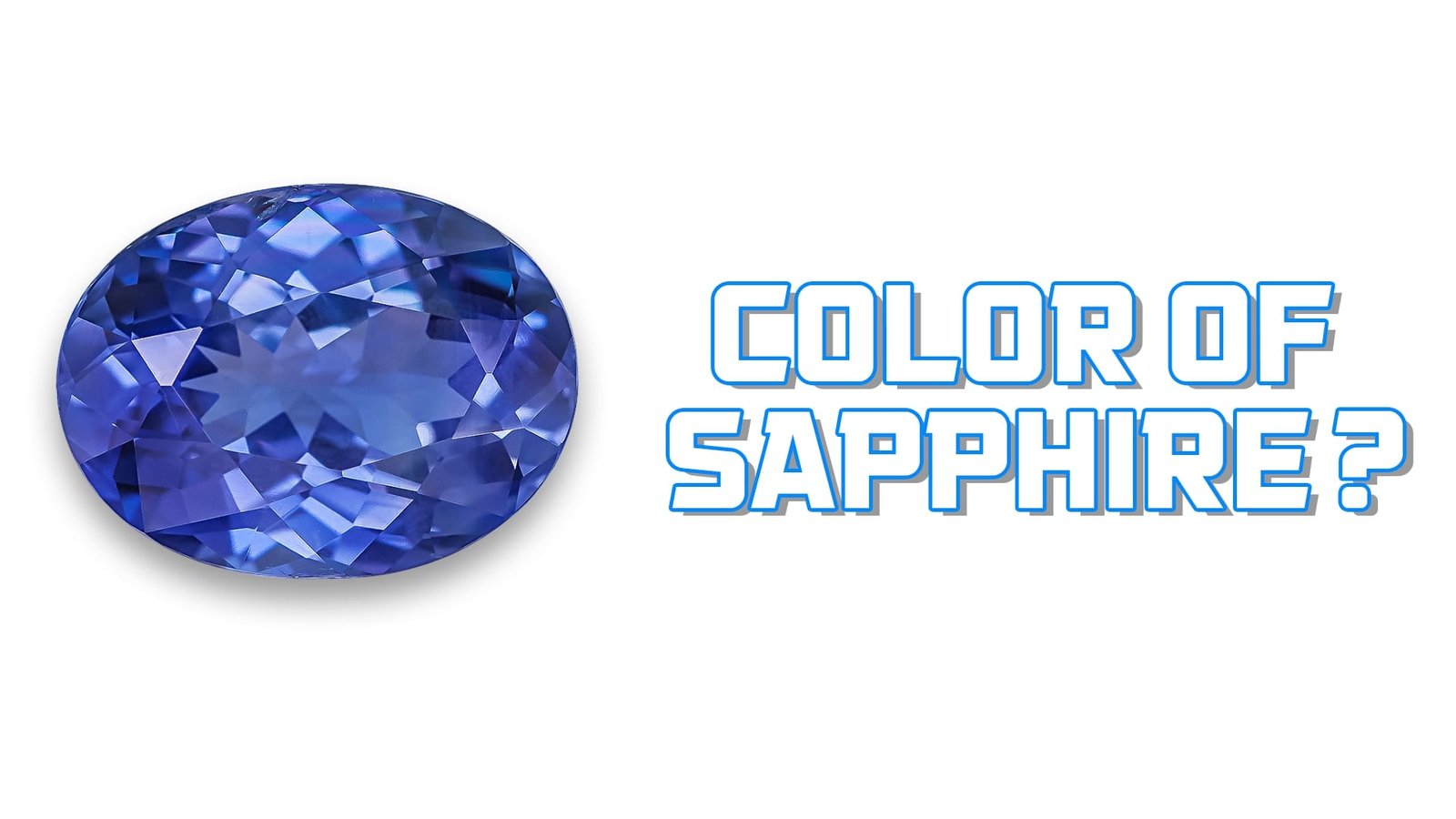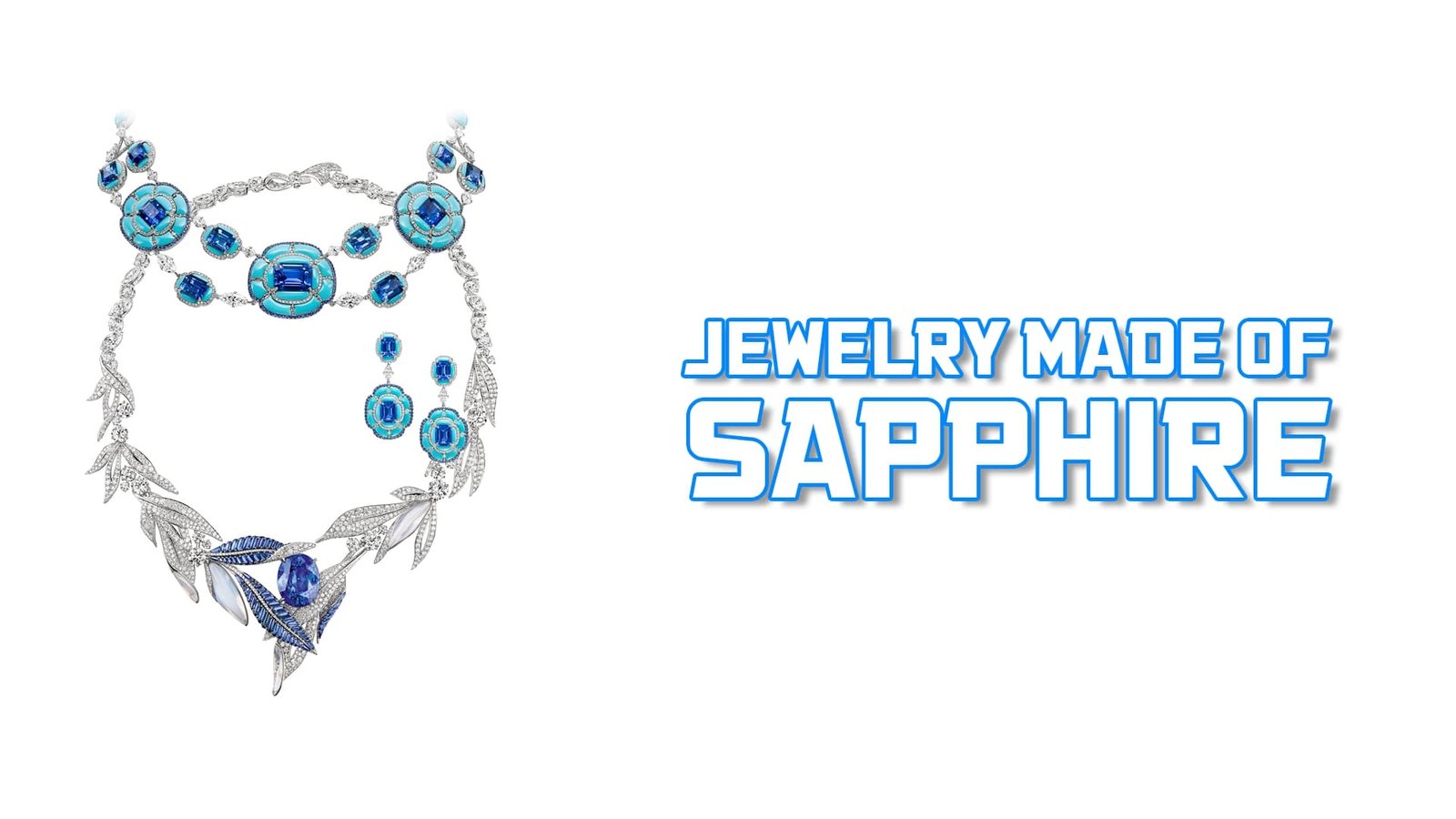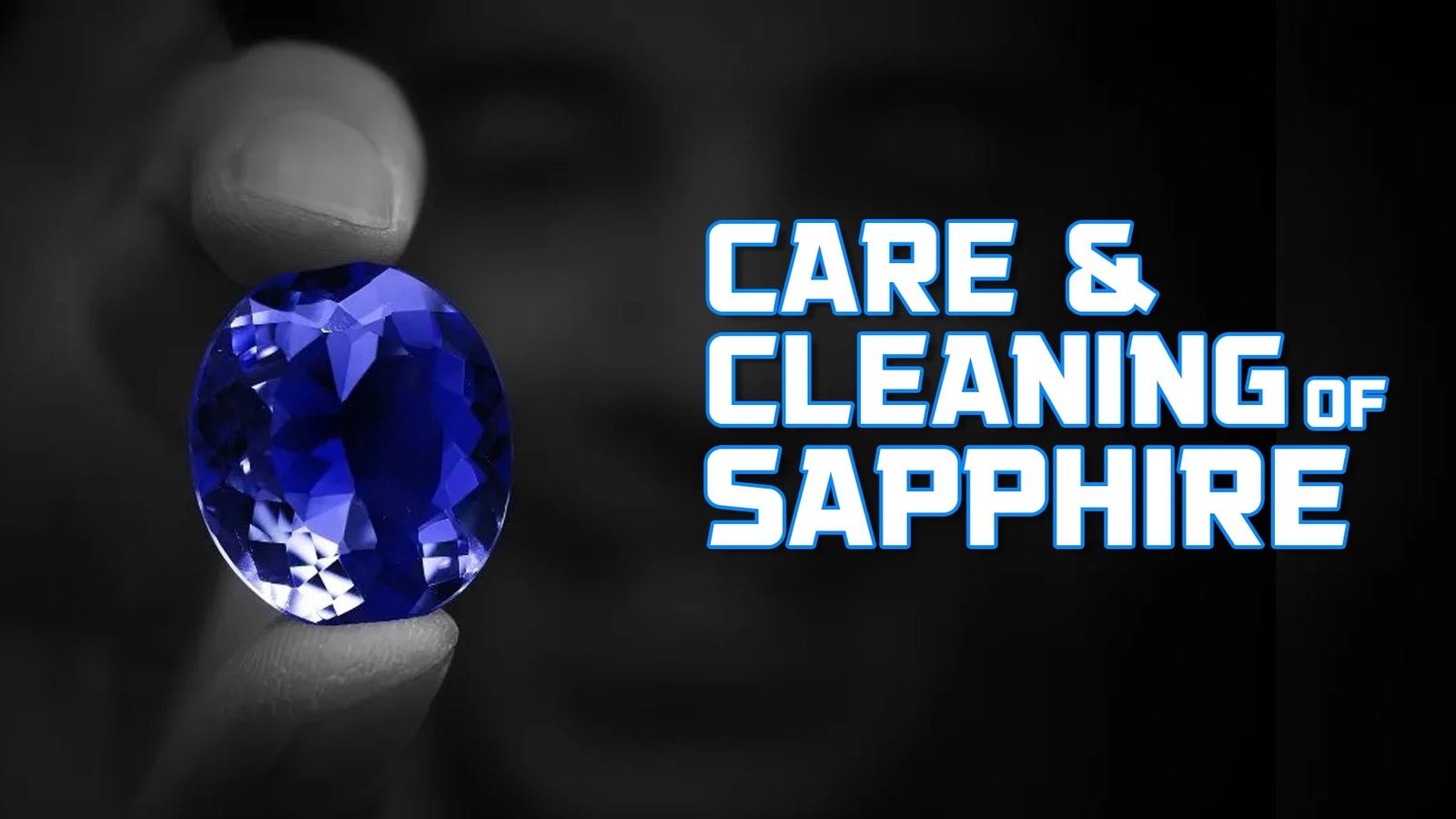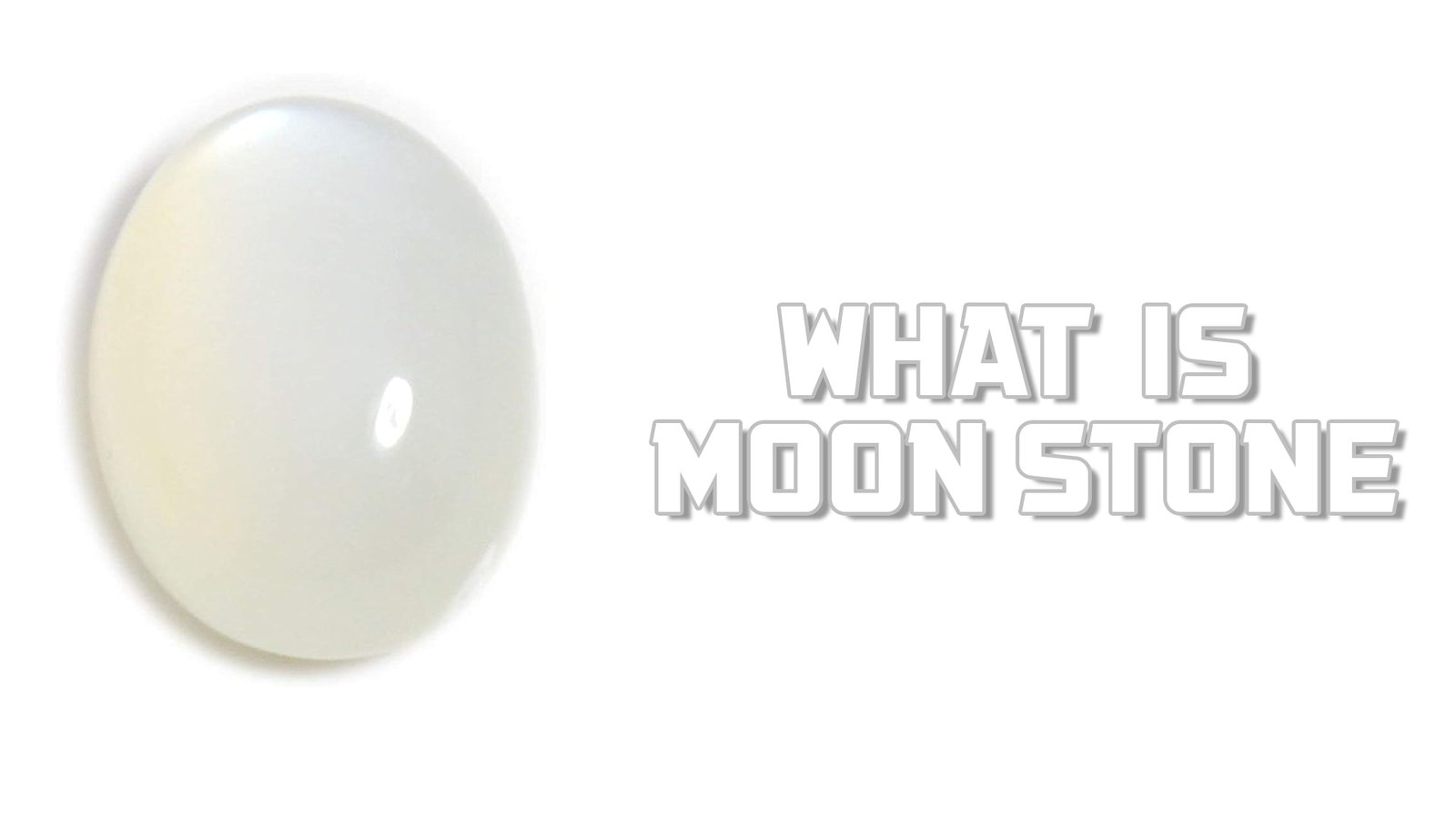Introduction to September Birthstone: Sapphire
Sapphire, the stunning birthstone for September, holds an alluring appeal with its deep blue hues. Sapphire has captured the hearts of many throughout the ages, known for its rich history and undeniable beauty. This precious gemstone, renowned for its durability and brilliance, has long been cherished for its association with wisdom, loyalty, and nobility. Whether set in exquisite jewelry or admired in its natural form, sapphire symbolizes elegance and sophistication. From its significance in ancient cultures to its prominence in modern fashion, sapphire remains a timeless gem that continues to captivate and inspire.
September Birthstone: What is a Sapphire?

The Latin and Greek words sapphires and sapphires, respectively, meaning blue, are the origins of sapphire. It is the traditional as well as modern birthstone of September. The mineral corundum comes in a gemstone-quality variety called sapphire. Although sapphires are often associated with the color blue, the corundum material also appears in other hues referred to as fancy sapphires. The color of fancy sapphires can range from yellow to pink to green, but never red. Rubies are another name for red sapphires. The ruby was traditionally believed to be a distinctively different gemstone, but current techniques have shown that it is the red kind of corundum or sapphire!
Rutile needle-like inclusions, which reduce the gem’s clarity, are typical in sapphires. Except when those inclusions create an asterism, which is a star-like pattern, the sapphires with the fewest inclusions are the most precious. Although some sapphires have been found with 12-pointed stars, asteroids typically appear as six-pointed stars. While transparent sapphires are cut to exhibit their glitter, asterism sapphires are often polished in cabochon to display the star.
Sapphires are excellent gemstones for jewelry because of their durability. However, many sapphires sold in high-end jewelry shops are made synthetically. Since 1902, lab sapphires have been produced, and they are so excellent that only a trained eye can tell the difference, but the vast price difference will give you a hint! Natural translucent sapphires are typically smaller than 2 carats; however, in 2012 a large 1404-carat rare star sapphire was discovered in Sri Lanka! The enormous jewel was worth $300 million US.
Color of Sapphire

Although the gemstone can range from greenish-blue to violet-blue, its remarkable pure-blue hue makes it the most well-known. “Fancy sapphires” are gemstones of the same corundum family as the ruby that come in violet, green, yellow, orange, pink, and purple. Depending on the illumination, some display chromatic variations.
Although corundum is colorless by nature, traces of metals like iron, titanium, and chromium can cause a variety of colors. All corundum gems other than red corundum (rubies) are classified as sapphires. The sapphire’s blue hue is caused by iron and titanium; the more iron there is, the deeper the sapphire’s blue shade will be. While pink sapphires result from significant quantities of chromium, yellow and orange sapphires are colored by iron and chromium. All three trace components are combined to create the color purple.
Brief History of Sapphire
British adventurer Sir Richard Francis Burton is reported to have traveled carrying a talisman made from a sizable star sapphire. The stone brings luck to everyone who looks at it. The Princess Diana engagement ring, at 12 carats, contains one of the most well-known sapphires. The ring was passed down to Prince William, who then gave it to his wife, the Duchess of Cambridge Kate Middleton.
The 62-carat Rockefeller Sapphire is another well-known sapphire. Another well-known gemstone on display at the Smithsonian is the Logan Blue Sapphire. In addition to being the diamond presented for a 5th and 45th wedding anniversary, sapphire is the birthstone for September.
Where is Sapphire Found?
For the September birthstone, three historically significant places are Kashmir, Myanmar (formerly Burma), and Sri Lanka. Along with other nations in Asia and Africa, significant amounts of the September birthstone have also been discovered in Australia, Thailand, Cambodia, Madagascar, and the United States (Montana).
Around 1881, a landslip in the Himalayas uncovered a sizable pocket of velvety ‘cornflower’ blue crystals, which led to the discovery of sapphires in Kashmir. The Maharaja of Kashmir and his troops seized control of the new location as the stunning sapphires spread further south. Numerous thousands of enormously gorgeous crystals were found between 1882 and 1887. The gemstones cut from these crystals gave Kashmir sapphire its status as one of the most sought-after gems in the world. Since then, there has been a sporadic production, yet beautiful Kashmir sapphire jewelry still periodically appears on the auction market.
Another region renowned for producing the birthstone for September is the Mogok region of Myanmar. Dramatic slopes are covered in jungle and surrounded by mountains. Ruby deposits also frequently contain sapphire, though in far lesser amounts than the red stone. The “Burmese” sapphire, as it is still commonly known, can have a deep, intense blue color, making it especially valuable. Jadeite jade, spinel, zircon, amethyst, peridot, and other precious gem minerals are well-known to come from Myanmar.
The birthstone for September has been produced in Sri Lanka for over 2,000 years. The blue and fancy-colored stones extracted from the alluvial gravels of this “jewel box of the Indian Ocean” can exhibit excellent saturation and brilliance. The island’s milky white “geuda” sapphires can also be heated to a deep blue hue.
Thailand is a significant location for cutting and treating sapphire. In the province of Chanthaburi, sapphire miners work in the deep jungle crisscrossed by dirt roads. Sapphires from Myanmar and Cambodia are frequently brought to Bangkok, a significant gem hub, and Chanthaburi for cutting and treatment.
September Birthstone: Sapphire Meaning, Properties, and Symbolism
- The Greek word sappheiros, which denotes a blue stone, is where the name “sapphire” originated.
- Since ancient times, the sapphire has stood for honesty, sincerity, and dignity.
- It has a long history of strong ties to royalty. Ancient Greek and Roman kings and queens thought a sapphire would shield its possessor from danger and hostility. Additionally, it was believed to draw money.
- Ancient Greeks connected the stone to Zeus, the sky God, while others thought it offered the chance to receive oracular counsel or a glimpse into the future.
- According to legend, ancient Persians thought the Earth was supported by a massive sapphire that gave the sky its blue color.
- The Middle Ages saw clerics wearing sapphires to symbolize heaven and to draw favors from above.
- It was long believed that if a sapphire changed color while being held, it could indicate infidelity.
- The sapphire can bring harmony between lovers and peace between rivals over time.
- It also improves physical and mental well-being. It was also believed to have healing properties, notably for eye conditions and toxins.
Jewellery made of Sapphire

Sapphires can be used in a variety of jewelry designs and for daily wear because of their Mohs Hardness rating of 9.0. It is the second-hardest gem after the diamond, right behind the ruby. The star effect, an asterism, can be found in sapphires. Within the gem, the phenomenon is seen as a six-ray star pattern. It is famous for pendants, bracelets, earrings, necklaces, and engagement rings.
Care and Cleaning of Sapphire

Regarding hardness, the birthstone for September is a 9 on the Mohs scale. It is exceptionally durable and lacks cleavage, which can fracture under pressure. This makes it a fantastic option for rings and other mountings that are worn frequently.
The fact that sapphires are frequently treated to enhance their color or clarity should be noted. Heat treatment is widely used and recognized in the industry since the results are permanent. Less prevalent treatments, like lattice diffusion, fracture filling, and dyeing, might need specific consideration. The color created by lattice diffusion can occasionally be so shallow that it could be eliminated if the stone were chipped or recut. Even weak acids like lemon juice can harm sapphires that are packed with fractures and have been colored. Always ask whether a sapphire has been treated before purchasing it and how.
It would help to clean the September birthstone with warm, soapy water constantly. Ultrasonic and steam cleaners are often safe for untreated, heat-treated, and lattice diffusion-treated stones. Only use a moist cloth to clean material that is fracture-filled or colored.
Cost of Sapphire
The cost of sapphire can vary significantly based on various factors such as quality, size, color, and origin. Sapphires are graded based on the “Four Cs” criteria for evaluating gemstones: color, clarity, cut, and carat weight. The most important factor influencing the price of sapphire is its color, with vibrant, intense blue sapphires commanding higher prices. Additionally, sapphires with excellent clarity, well-cut proportions, and larger-carat weights tend to be more valuable.
The average cost of sapphire can range from a few hundred dollars for minor, lower-quality stones to several thousand dollars or more for more extensive, high-quality sapphires. Rare and exceptional sapphires, such as those with rare colors or star sapphires with asterism, can reach significantly higher prices in the market. It is essential to consult with reputable jewelers or gemstone experts to ensure a fair evaluation and understanding of the specific factors affecting the cost of a sapphire. Depending on the color and clarity, a cut sapphire can cost as little as $50 per carat or as much as $10,000.
September Birthstone: Moonstone
Another birthstone for September is the moonstone. However, it is not on the list but can be used by babies born this month.
What is Moonstone?

One of the most well-known and storied gemstones is the moonstone. It is a type of the common mineral feldspar that resembles the moon in all phases with its ethereal white, blue, and even light peach and yellow tones. The most uncommon and mysterious variety is a transparent stone with a blue shimmer that simultaneously appears both within and outside the stone, resembling a moon glow. The term “adularescence” refers to this peculiar quality. Several myths and stories surround the use of moonstone, which is also one of the birthstones for June.
The majority of moonstones are cabochon-cut and polished, although they are also malleable enough to be carved. Numerous examples of expert lapidaries sculpting faces into moonstones to portray the Man in the Moon and other straightforward symbols popular in the late 1890s to 1930s art nouveau and deco fashion eras.
Although moonstones are usually approximately 2 carats in size, with specimens up to 20 carats being reasonably expected, the largest moonstone ever was supposedly discovered in 1918, close to Mount Kilimanjaro. The moonstone is a representation of new beginnings and motherhood, as well as hope. It’s a lovely gemstone to gift to a new mother as a sign of tranquility.
Note: It is also considered the birthstone of June, which we discussed in our previous article. Click on the link to learn everything about Moonstone.
Conclusion
In conclusion, sapphire is a stunning testament to gemstones’ allure and rich symbolism. As the birthstone for September, it embodies a sense of beauty, wisdom, and devotion that resonates with those born in this auspicious month. With its deep blue hues and remarkable durability, sapphire fascinates and enchants admirers worldwide. Whether worn as a personal adornment or admired in its natural form, sapphire represents a timeless elegance that transcends fashion trends and captivates the imagination. As we continue to explore the wonders of gemstones, sapphire stands as a shining example of the profound beauty and significance that lie within the Earth’s treasures.
Read More: January Birthstone, Febuary Birthstone, March Birthstone, April Birthstone, May Birthstone, June Birthstone, July Birthstone, August Birthstone, October Birthstone, November Birthstone, December Birthstone





